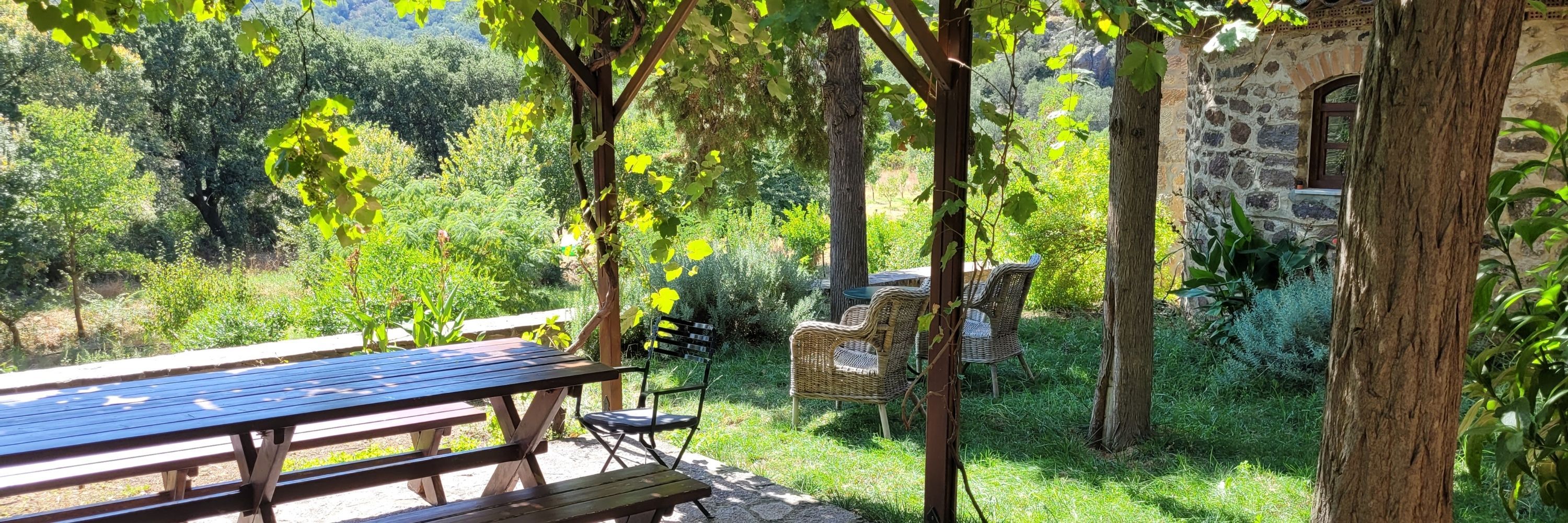
https://felixhaass.de/
When journalists and public figures highlight the ideological roots of right-wing terror, voters distance themselves from the far right — even if only temporarily.
👉 doi.org/10.1017/S000...
When journalists and public figures highlight the ideological roots of right-wing terror, voters distance themselves from the far right — even if only temporarily.
👉 doi.org/10.1017/S000...
Right-wing terror can reduce support for radical right parties—but only when
1️⃣ The attack’s motives and targets mirror the party’s ideology &
2️⃣ The media explicitly connects the dots between violence and that ideology.
Otherwise, attacks may have no effect or even boost support.
Right-wing terror can reduce support for radical right parties—but only when
1️⃣ The attack’s motives and targets mirror the party’s ideology &
2️⃣ The media explicitly connects the dots between violence and that ideology.
Otherwise, attacks may have no effect or even boost support.


Respondents shown media coverage framing the attack as rooted in far-right ideology were less willing to vote for the AfD than respondents who were shown a non-political attack.

Respondents shown media coverage framing the attack as rooted in far-right ideology were less willing to vote for the AfD than respondents who were shown a non-political attack.

Media coverage linked the attack to the AfD’s rhetoric.
Afterwards, we find that AfD support fell by about 2 percentage points — roughly one-sixth of its voter base at the time.


Media coverage linked the attack to the AfD’s rhetoric.
Afterwards, we find that AfD support fell by about 2 percentage points — roughly one-sixth of its voter base at the time.
We argue that it depends on media framing: when attacks are intense and clearly nativist, they can trigger a media backlash that turns voters away.

We argue that it depends on media framing: when attacks are intense and clearly nativist, they can trigger a media backlash that turns voters away.

